Anyone out there a big fan of KISS? Not the band. The acronym. 😉 Keep It Simple, Sweetie! As human beings, we have this tendency to over-complicate just about everything. Especially when it comes to nutrition.
Outfit + Kitchen Details:
Tiger Print Sweatershirt (sold out // similar here), Spanx Faux Leather Leggings, Vans Leather Slips Ons, Brass Kitchen utensils, White bowl set
And guys, honestly, it’s an easy thing to do. Everywhere you turn there’s a new fad diet popping up, or someone telling you to EAT THIS, NOT THAT, and before you know it, you have so many decisions in front of you that you can’t really make a single one because you’re suffering from analysis paralysis and you just don’t know what to do. BUT…no more. Because you’re going to Keep It Simple, Sweetie when it comes to your health and wellness goals this year, and I’m going to show you how!
Start with the Simplest Health Tips
If one of your goals this year is to lose weight, or even if you just want to get to a spot where you’re living a healthier lifestyle, there are two main things you need to do nutrition-wise:
- Drink water
- Eat a balanced, healthy diet
That’s it! But, we make it super complicated every single day, which often leads to us not enjoying the process, so we don’t stick with it. And when we don’t stick with it, we don’t see results, which leads to a vicious cycle of starting over again more times than we care to count. Ok, let me break it down even further to even simpler health tips for everyday life, especially when it comes to what a “balanced diet” really entails.
Simple Tips to Drink More Water Every Day
Water is essential for so many things. It keeps our digestive system working, keeps our skin hydrated and looking young, and it can even help promote weight loss. When we drink water, we actually help our body flush out any water retention that might be occurring whether it’s due to hormones, poor nutrition habits, lack of sleep, an amazing workout (Yes! Muscles can retain water after you work them!), or dehydration.
Related: Even more ways to drink water when you don’t like the taste →
My biggest simple health tip for success? I keep a water bottle with me wherever I go. Every hour, I drink ten gulps to help me reach my daily goal. What’s a simple trick for figuring out how much water you should be drinking? Take your body weight and divide it in half. That’s how many ounces of water you should be drinking each day. Add another 8 ounces for every 30 minutes of exercise, and you will be in tip-top hydration shape.
Simple Tips to Eat a Balanced Diet
Every food you eat is made up of macronutrients: carbohydrates, proteins, and fats. To really understand simple nutrition better, it’s ideal to have a basic understanding of what macronutrients are and the roles they play in our body and digestive system.
Simple Facts About Carbohydrates
Carbohydrates are found in foods like fruits, whole grains, legumes, and vegetables. Carbs are our main source of energy, and even though they get a bad rap, they’re vital for us to be able to power through our work day and our killer workout sessions. Carbs are classified as simple or complex, and it’s easy to tell the difference.
- Simple carbs are usually the more refined carbs like we find in cakes, cookies, some breads, and processed foods. However, because they contain simple sugars, fruits are also classified as “simple carbs,” although they are nutrition powerhouses! With the exception of fruit (because they contain more fiber than other “simple” carbs), simple carbs are digested quickly, often spiking our blood sugar and stimulating insulin release, which can make us crave even more of these simple carbs. That’s not a good thing if we’re trying to eat healthier and drop some lbs.
- Complex carbs, like whole grains, legumes, and root/starchy vegetables, are typically higher in fiber, which slows down the digestion process and helps us feel fuller longer and keeps our energy levels steady for longer periods of time. These types of carbs also help keep our calorie burning furnace hotter longer, helping us burn even more calories!
Before we move on to protein, let’s talk veggies for a minute. Vegetables are considered carbohydrates, and I like to break them down into two categories: Starchy/root + non-starchy/non-root.
- Starchy/root vegetables: Think potatoes, carrots, sweet potatoes, radishes, and corn. Since these are often more caloric, in our carb cycling programs, we classify them as “carbs.” So, you’d eat these types of veggies as the carb part of breakfast OR a high carb meal.
- Non-starchy/non-root vegetables: Think tomatoes, squash, broccoli, cauliflower, greens, peppers, etc. Since these types of veggies are very low in calories, we actually encourage you to eat them with every meal, and we even classify them as “free”! This means you can eat as many as you want to! That’s something I can totally get behind. 😉
Simple Facts About Protein
Proteins are things like eggs, beef, pork, fish, Greek yogurt, and poultry, and they’re the essential building blocks for building and rebuilding basically everything in our bodies as well as keeping our organs functioning in tip-top shape. It can be tough, especially as women, to get enough of our daily protein needs. One of my best tricks is to keep a protein powder with me everywhere I go.
Click here for Everyday by Transform Low Carb Meal Replacement Powder →
You can often even find meal replacement shakes that have protein and carbs and/or fat, which makes it even easier to hit all your macro requirements for the day! I’m kind of partial to our Everyday by Transform Low Carb Meal Replacement Shakes. They make for a great meal replacement when I don’t have time to cook or forget to bring food with me, and they help ensure I’m meeting my daily protein goal.
Simple Facts About Fat
Healthy fats are vital for our brain function, and as women, they’re especially important for our hormones. Healthy fats consist of things like olive oil, coconut oil, avocado, nuts, seeds, and nut butters.
Related: Fast Facts about Fats (and a recipe) →
“But, Heidi,” you ask, “How do I make sure I’m including include all these macronutrients in my meals each day so I’m giving my body the fuel it needs?” I’m so happy you asked! There’s a super simple way you can put together your meals each day in a way that’s balanced and ideal for your body type.
Simple Guide to Macronutrients
- One serving of protein is going to be about the size of your palm (think deck of cards also)
- One serving of carbohydrates is going to be about the size of your closed fist
- One serving of veggies is going to be about the size of two closed fists
- One serving of fat is going to be about the size of your thumb
Since this graphic reflects carb cycling, anyone can follow this guide to create a simple, healthy meal by including a serving of each macronutrient at every meal: a protein, a carb, a vegetable (the non-root/non-starchy type), and a healthy fat.
Learning how to eat healthy foods doesn’t have to be daunting, and it doesn’t mean you have to eat the exact same foods at every single meal. Having this chart as a guideline opens up endless possibilities for meal combinations that you can make to get you through your day, your week, your month, and your year. See? Totally not scary or overwhelming and completely doable. All you have to do is fill in those macro categories with your favorite foods, and you’re set!
What’s something about nutrition you’ve been struggling with understanding, or a myth you want debunked? Comment below and give me some ideas for upcoming blog content!
xo,
Related reading:
How to Lose 10 Pounds If You Hate Vegetables
Meal Prep Tips and Tricks You Need to Know
5 Foods to Avoid That Can Cause Inflammation
How to Drink Water When You Don?t Like the Taste
Grocery Review: How to Choose a Protein Bar



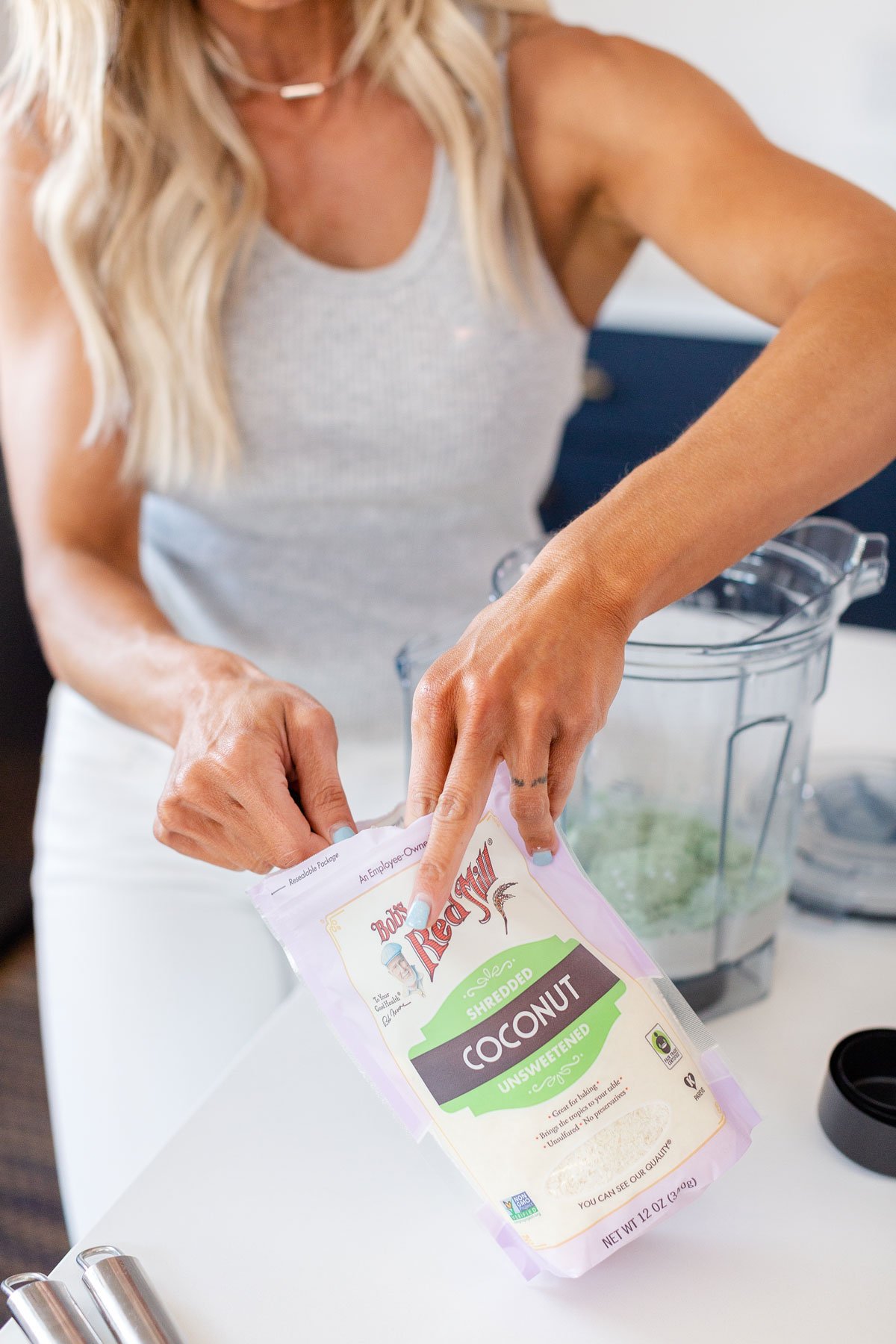

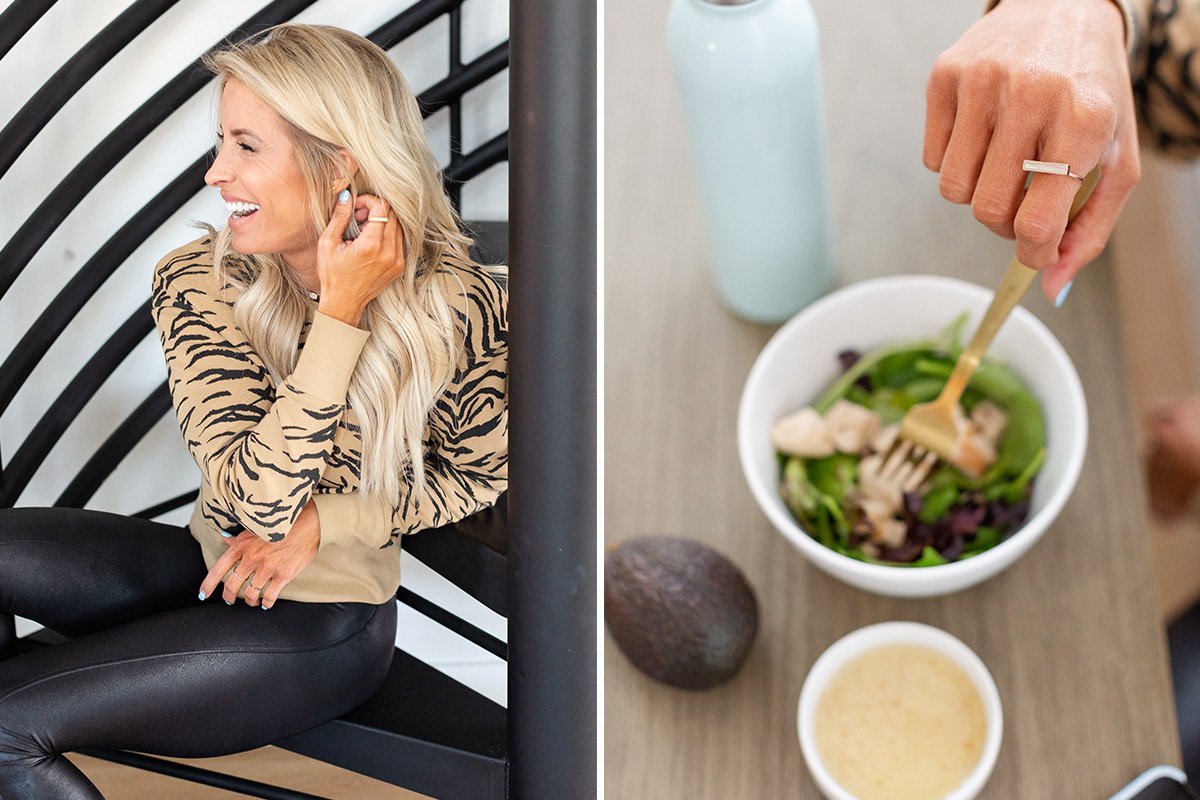
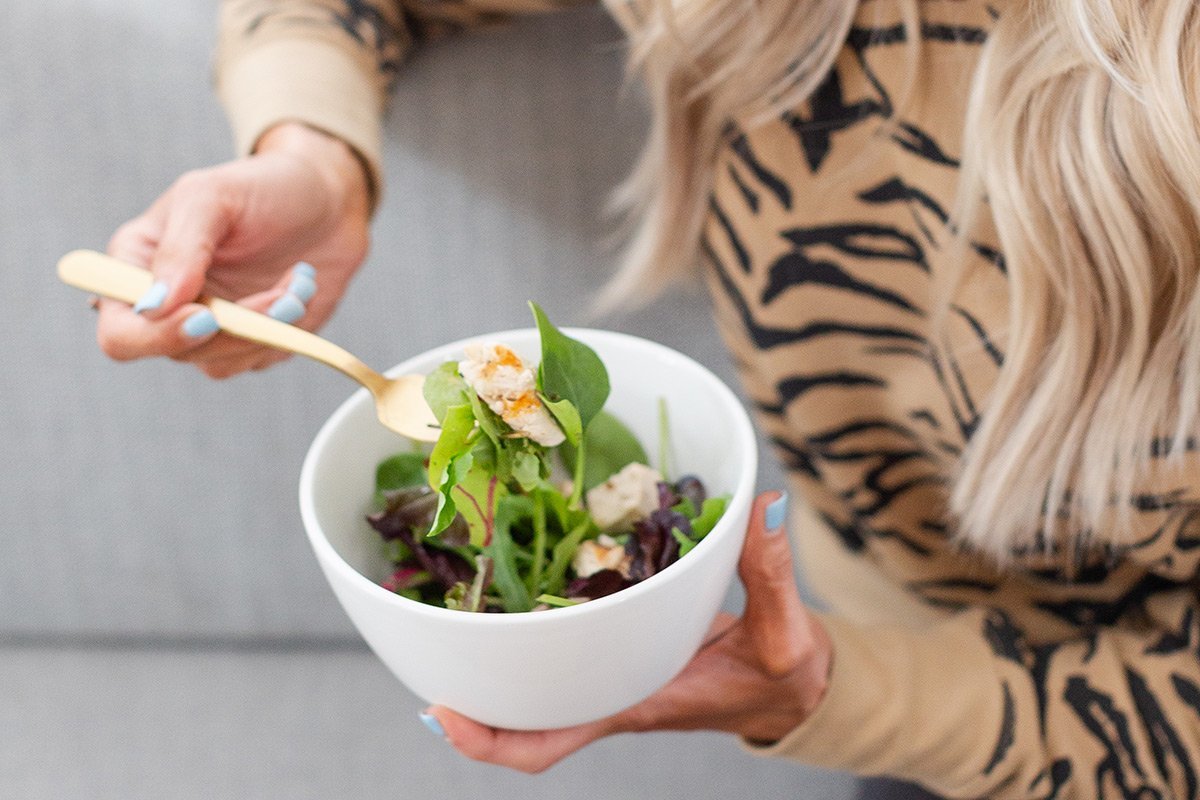



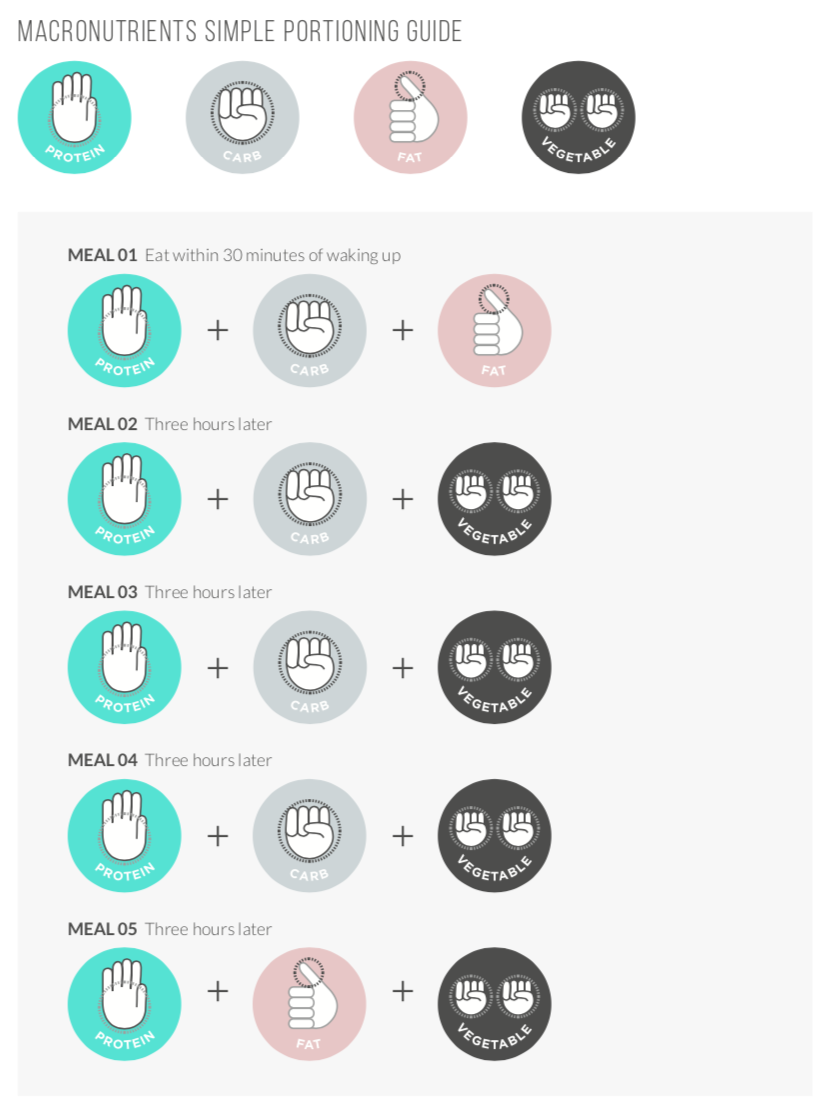
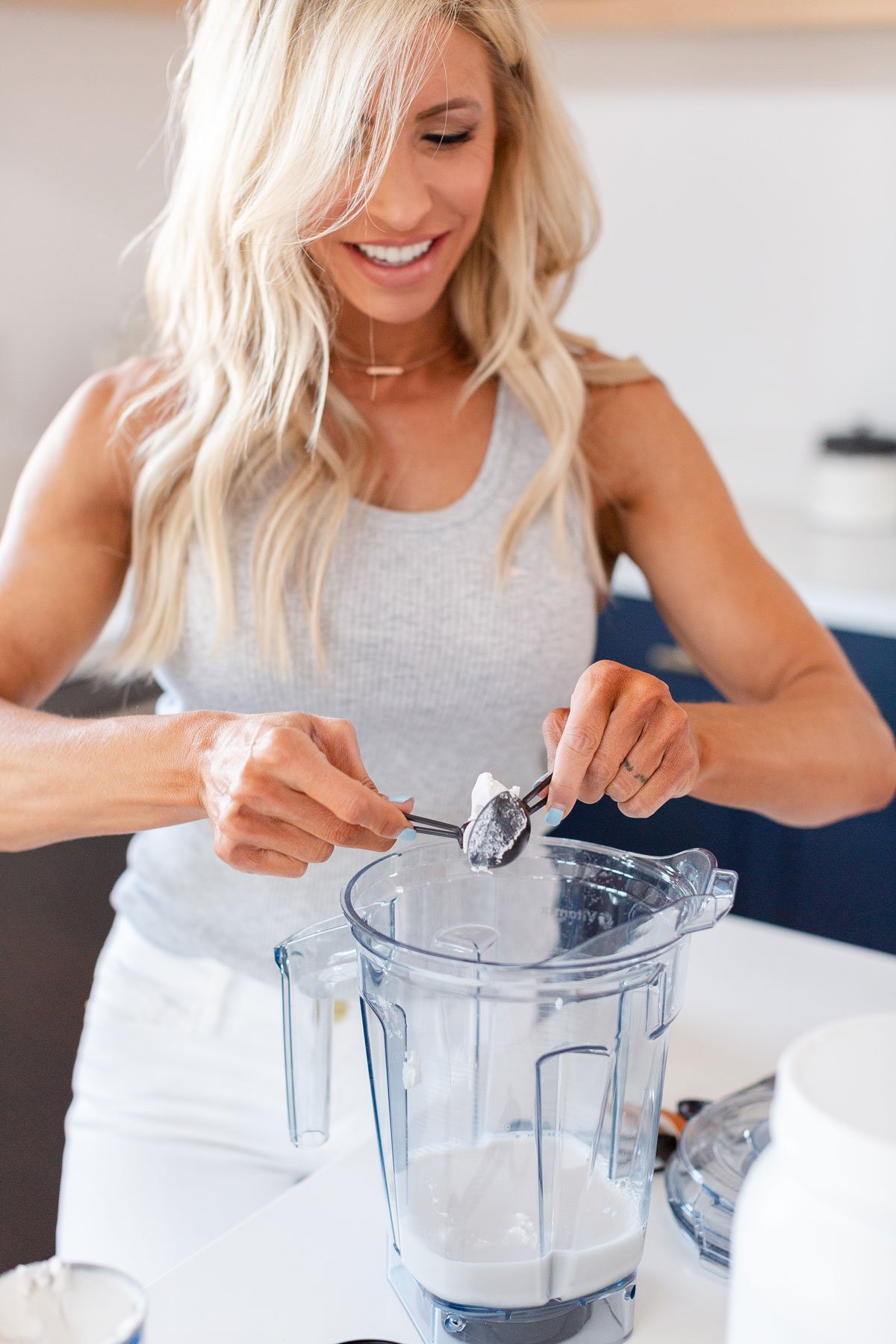



14 Responses
Very articles about health and nutrition. Thanks for sharing with us
You’re very welcome! I hope they’re helpful
I just started carb cycling and am doing the two LC, one HC day; repeat schedule. Can I switch the ?cheat? day and last HC day of the week (Sat/Sun swap) or is it better to follow the plan exactly, with Sunday as cheat day?
Hi Lina: It’s best to follow the schedule as it’s outlined. If you want your cheat day to be Saturday, then have day 1 of your week be Sunday. Hope that helps! 🙂
Oh ha and I realize I didn’t answer the question. My biggest at home workout struggle is feeling I don’t have something to look forward to. I’d love to have a tonal so I can really mix it up as I focus on strength training!!
I?d like to know more about your thoughts on intermittent fasting. Yay or nay?
Hi SJ: We have a whole blog post about IF! https://heidipowell.net/18923 We always recommend you follow the program that will work best for you long-term. Hope this helps! 🙂
Commenting here as part of my Tonal entry! I have been providing teletherapy for a year and would love to have a tonal so I can care for myself like I care for others!!!
Hi Heidi, I have had two weight loss surgeries and I am trying to loose more weight because I am at a stall. Would following this be able to get me back on track? I dislike that I had these surgeries but I had some health issues that this was the only way to take care of it. But being at this stall and going through so much is a bit overwhelming. I follow you on Facebook and your so genuine
Hi Cynthia: Yes, we’ve had a lot of people find success with carb cycling. The best program for you is the one you’ll follow consistently AND that you can follow for life. We wish you all the best! 🙂
Hello!
I exercise first time in the morning, what should I eat before and after?
I do a lot of long distance running and always used pasta as a staple carb in my diet for energy. Can I get the same energy from including more vegetables as apose to pasta? As I’ve gotten older I suffer more with bloating so looking for ways to reduce this whilst retaining energy. Thanks
Hi Kerry: Pasta is a staple for long distance runners due to the amount of carbs per serving, so it’s a great option for the energy you need for those long runs. The grams of carbs in vegetables are lower, so they won’t supply the same amount of energy as pasta will. Hope that helps! 🙂
Hi Iona: Great question! Here’s a blog post that can help: https://heidipowell.net/9194. 🙂